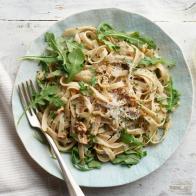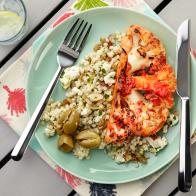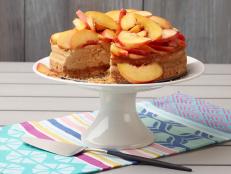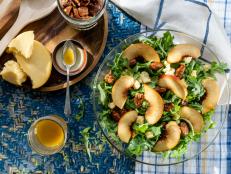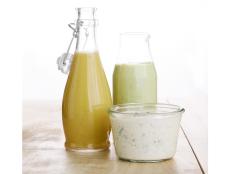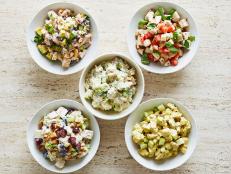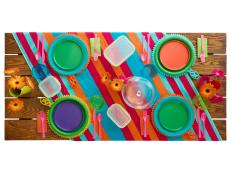Strawberries
When you taste a ripe early-summer strawberry, it's like discovering a whole new species of berry. Strawberries come in many sizes; you can find long-stemmed berries for dipping or small ones perfect for eating whole. Fraises des bois are miniature, wild, woodland strawberries, less than an inch long, and are extraordinarily sugary and floral. Ripe strawberries have a uniform deep red color. White or green tops indicate unripe fruit (strawberries don't ripen once picked). Look for plump berries with fresh, green leafy caps. Avoid baskets with moldy or soft berries, or red stains (a sign of squished fruit). If your fruit is very delicate, spread it out on a plate and keep it covered with a paper towel or plastic wrap in the refrigerator for up to two days.
Illustrations by Hello Neighbor Designs
